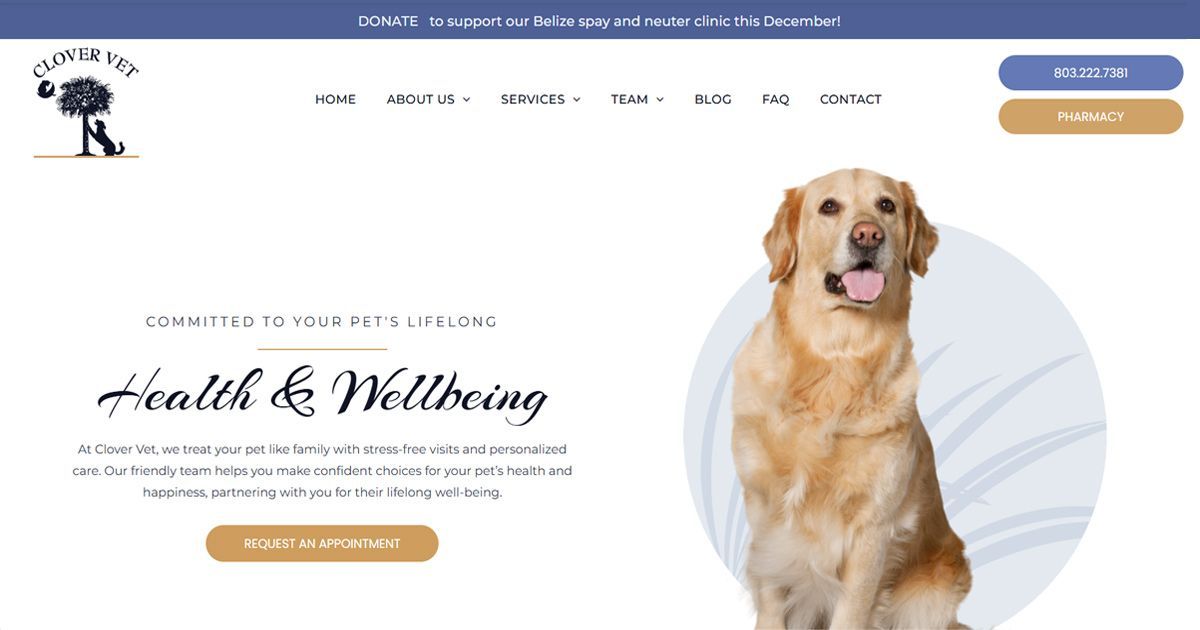How to design a website with improved user experience
15 Tips That Can Drastically Improve Your Website's User Experience
In today's digital age, having a strong online presence is crucial for businesses. And one of the key aspects of maintaining a successful website is ensuring a positive user experience (UX). A well-designed website can attract more visitors, keep them engaged, and ultimately lead to higher conversion rates.
Here are 16 strategies to help you improve your website's user experience:
1. Use high-quality images and compelling copy
Your website's homepage is often the first thing visitors see. Make sure it is visually appealing and clearly conveys your brand message for enhanced customer satisfaction. Using high-quality images that relate to your content can help grab users' attention.
2. Create a simple design and use negative space
Strive for simplicity in design, eliminating unnecessary elements and reducing clutter to optimize user experience design. A clean and minimalistic interface can enhance focus, clarity, and ease of use. White space, or negative space, refers to the empty space between elements on a page. It helps reduce clutter and improves readability. Use enough white space to create a clean layout and highlight important information.
3. Design clear and intuitive navigation
Ensure that the website's navigation is intuitive, easy to understand, and consistent across all pages. Users should be able to locate information and navigate through the site without confusion or frustration.
4. Maintain consistency in your website's pages and flow.
Make sure your website looks consistent. Implement a uniform design and visual elements across the site to guide users' attention effectively. Utilize size, color scheme, typography, and placement to highlight important elements to help users navigate your site more easily and enhance the overall user experience. It also stops users from getting confused and lost.
5. Make your content easy to read with bullet points for key information
Ensure that text content is easy to read with appropriate font sizes, line spacing, and contrast. Use readable fonts and avoid excessive use of decorative or complex typography. Use bullet points to break up large blocks of text and highlight key information. This makes it easier for users to scan and digest content quickly. Believe it or not, search engines care about user experience as well.
6. Optimize Page Speed
Users expect websites with fast load times. Use a website builder that does the heavy lifting for you. A fast website can improve user satisfaction and reduce bounce rates. Users tend to abandon slow-loading sites, so optimize images, minimize code, and leverage caching techniques to enhance speed.
7. Be responsive and mobile-friendly
Ensure your website has a responsive design, meaning it works well on various devices and screen sizes. As more users access the internet with mobile devices, it's crucial for your website to adjust to different screen sizes for mobile users. A seamless experience across the desktop, tablet, or mobile phone will increases user engagement and conversion rates.
8. Use enticing calls to action (CTAs)
CTAs, or calls to action, guide users to do something specific, like signing up for a newsletter or buying a product. Use visually appealing buttons and clear, compelling language to encourage clicks. It should be clear to a user very quickly what path forward to take just by scanning the page.
9. Make hyperlinks standout
Make sure that hyperlinks are easily distinguishable from regular text. Use different colors or underline them to indicate clickable links.
10. Include clear and well-crafted headings.
Headings are important for organizing content and helping users find what they need. Use clear and descriptive headings to show what each section is about.
11. Design websites with accessibility in mind
Ensure that your website is accessible to users with disabilities. This includes providing alternative text for images, color contrast, screen reader compatibility, keyboard navigation, using descriptive link text, and making sure that your site is navigable with a keyboard.
12. Provide feedback and manage errors correctly
Offer users clear and prompt feedback on their actions. Let them know about any errors with helpful error messages and guide them on how to fix them without getting frustrated. Make sure you catch 404 Errors. A 404 error occurs when a user tries to access a page that doesn't exist. Customize your 404 page to provide helpful information and navigation options to keep users engaged, providing them with a path back to your site.
13. Design with growth in mind
Plan for your website's future growth by designing it to handle expansion. This means making sure it can handle more content, features, and users while still performing well.
14. Ask customers for feedback
Regularly test the website with real feedback from users. And don't forget to ask your customers for feedback on their experience with your website. Use this feedback to identify pain points and areas for improvement, then make the necessary adjustments to enhance the user experience.
15. Create a user-centric design
The most important thing in UX is to place the needs, goals, and preferences of the users at the forefront of the design process. By understanding their behaviors and motivations, you can create designs that cater to their requirements and lead to higher customer satisfaction.
In conclusion, improving your website's user experience is a continuous process that requires attention to detail and a focus on the needs of your users. By implementing these strategies, you can create a website that is not only visually appealing but also user-friendly and effective in achieving your business goals.




